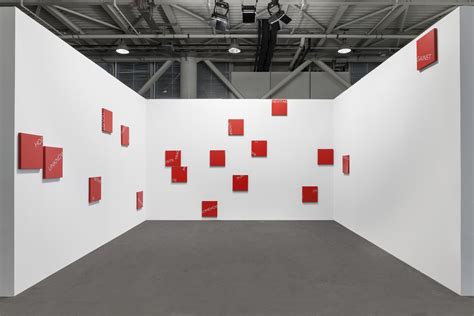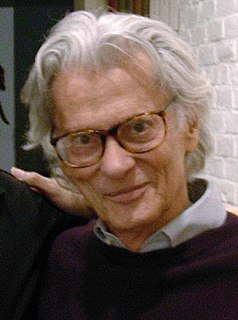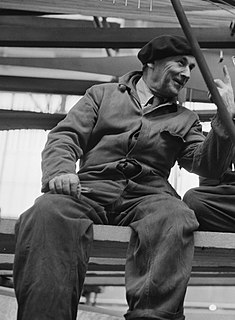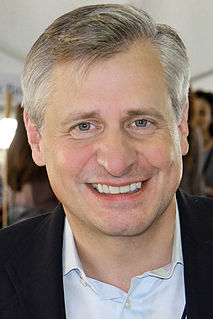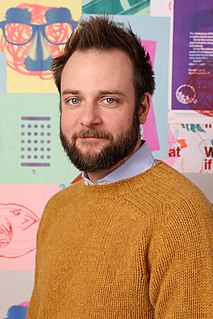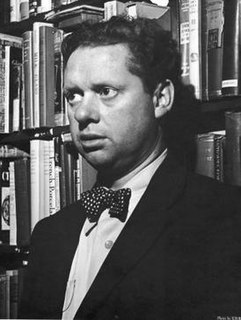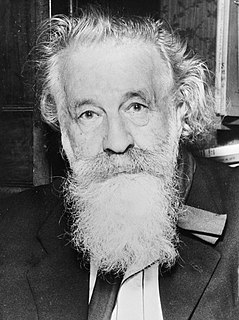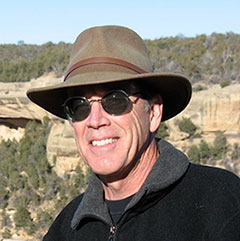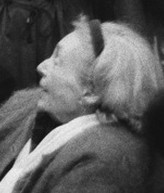A Quote by Robert Barry
I always took photographs. I photographed a lot of trees, by the way, which is another image I used often in my work, the tree image.
Related Quotes
People are constantly trying to make an image for you. They`ll dress you up and tell you to pose a certain way and take all these pictures... they want a certain image, so they create that. And unless you`re spending a lot of time to create another image to counteract that image, theirs will win. So right now, I`m kind of dealing with a lot of false ideas of what I`m about.
I hate cameras. They interfere, they’re always in the way. I wish: if I could just work with my eyes alone. To get a satisfactory print, one that contains all that you intended, is very often more difficult and dangerous than the sitting itself. When I’m photographing, I immediately know when I’ve got the image I really want. But to get the image out of the camera and into the open, is another matter.
We can see from the experience of Odin that the image of the tree was the template within which all of the sacred world could be apprehended. The tree was the framework within which one "flew" to these Otherworlds. And since the exploration of sacred space was also a quest into the nature of human consciousness, the tree was regarded as an image of the ways in which we, humans, are constructed psychically. It was a natural model for our deepest wisdom, our highest aspirations.
'2001' used a lot of what's called 'front projection.' You project an image onto this giant reflective screen, and the image bounces back and comes back to the lens and seems to be in the background behind the actors. The whole 'dawn of man' sequence in '2001' was projected eight-by-ten photographs of the African savannah.
Among archetypal images, the Sacred Tree is one of the most widely know symbols on Earth. There are few cultures in which the Sacred Tree does not figure: as an image of the cosmos, as a dwelling place of gods or spirits, as a medium of prophecy and knowledge, and as an agent of metamorphoses when the tree is transformed into human or divine form or when it bears a divine or human image as its fruit or flowers.
I make one image—though 'make' is not the right word; I let, perhaps, an image be 'made' emotionally in me and then apply to it what intellectual & critical forces I possess—let it breed another, let that image contradict the first, make, of the third image bred out of the other two together, a fourth contradictory image, and let them all, within my imposed formal limits, conflict.
The image can only be studied through the image, by dreaming images as they gather in reverie. It is a non-sense to claim to study imagination objectively since one really receives the image only if he admires it. Already in comparing one image to another, one runs the risk of losing participation in its individuality.
